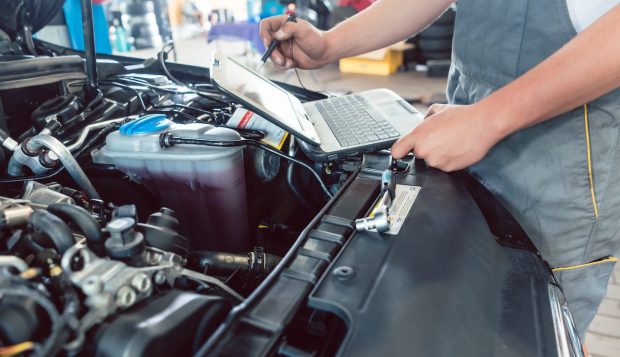Auto Repair Software Developer Xolvis Integrates Open Banking Payments With Volt

Xolvis has teamed with Volt to integrate open banking payments into its platform.
The Munich-based software developer announced in a Thursday (Feb. 2) blog post that it will enable open banking payments for its customers in Europe thanks to the partnership with Volt, a London-based FinTech that specializes in real-time, account-to-account payments.
“Open banking payments replace traditional payment methods like cards or manual bank transfers that are designed for face-to-face interactions and are faster and more convenient for users,” said Volt Senior Vice President of Sales Thomas Pinter in the post. “They also provide better protection against fraud and are more cost-effective for companies compared to other solutions.”
Focusing on the automotive repair sector, Xolvis is a digital solution that combines sales, customer relationship management and payments into a single platform.
“Our online payment gateway is the heart of our solution for digital aftersales in the repair shop business,” said Xolvis CEO Martin Jacker in the post. “We are consistently improving it to offer our customers the best online payment service. With Volt, we have now integrated Europe’s leading open banking platform.”
By offering open banking payments, Xolvis said in the post it hopes to enable repair shops “to do business with their customers in a particularly convenient and secure way.”
Despite being a hands-on business, auto repair services around the world are turning to software platforms for servicing, scheduling and payments.
For example, in the U.S., Shopmonkey is helping repair shops digitize their processes and leverage data to empower shop owners and create better customer experiences.
As the company’s chief technology officer, Jeff Haynie, told PYMNTS’ Karen Webster: “We have a tremendous amount of data. We have millions and millions of end users, millions and millions of cars, we know a lot about what’s happening in the supply chain in real time and the inventory that we hold, how movements are happening through the marketplace.”
For all PYMNTS EMEA coverage, subscribe to the daily EMEA Newsletter.
